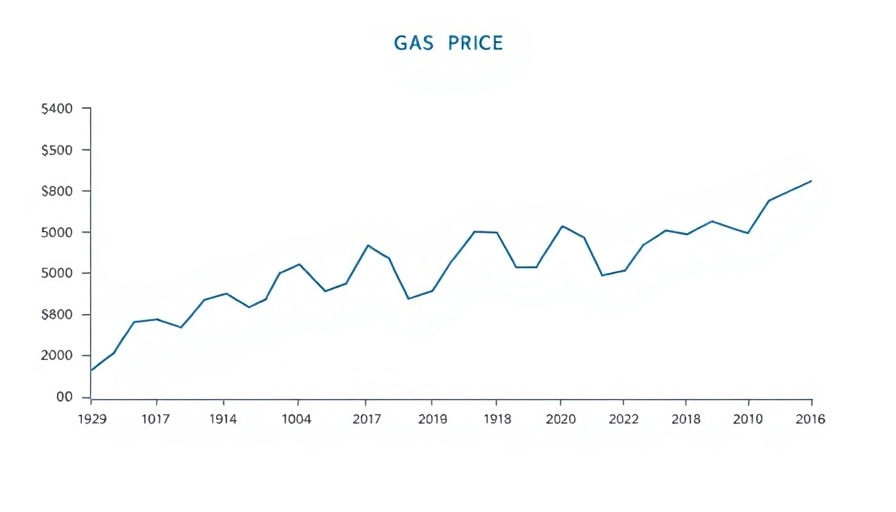
The Impact of Weather Forecasts on Natural Gas Prices
In the volatile world of natural gas trading, few factors exert as much influence on prices as weather forecasts. Recently, U.S. natural gas futures experienced a notable decline, attributed largely to shifting weather predictions that suggest a milder late winter across the nation. As traders adjust their expectations based on these forecasts, the market has responded with price corrections that have trickled down to various sectors reliant on natural gas.
Understanding the Market Reaction
The recent drop in natural gas prices illustrates the market's sensitivity to predictive models regarding temperature and precipitation. Traders reacted swiftly to forecasts suggesting that the upcoming weeks will not be as cold as previously expected, leading to fears of oversupply. Moreover, a forecast of modest heating demand is prompting storage operators and utility companies to reconsider their procurement strategies, driving the market down further.
Broader Implications for Business Financiers
For business lenders and financial institutions, fluctuations in natural gas prices can signal shifts in operational costs for numerous clients, particularly those in manufacturing and energy-intense sectors. Understanding these dynamics can enhance the ability of lenders to assess credit risk associated with energy sector businesses. It’s important for financiers to stay informed about trends in energy pricing to provide tailored advice and support to their clients.
The Road Ahead: Monitoring Weather Patterns
Looking forward, analysts emphasize the importance of closely monitoring extended weather forecasts. As climate patterns continue to evolve, understanding the interplay between energy prices and weather conditions may offer essential insights for businesses and investors alike. Maintaining agility in response to these changes will be crucial for strategic financial planning.
In a market where forecasts can redefine financial landscapes, lenders and businesses must remain proactive. Staying updated with the latest weather trends not only aids in managing risk but also opens avenues for new opportunities in energy investment and savings.
 Add Row
Add Row  Add
Add 




Write A Comment